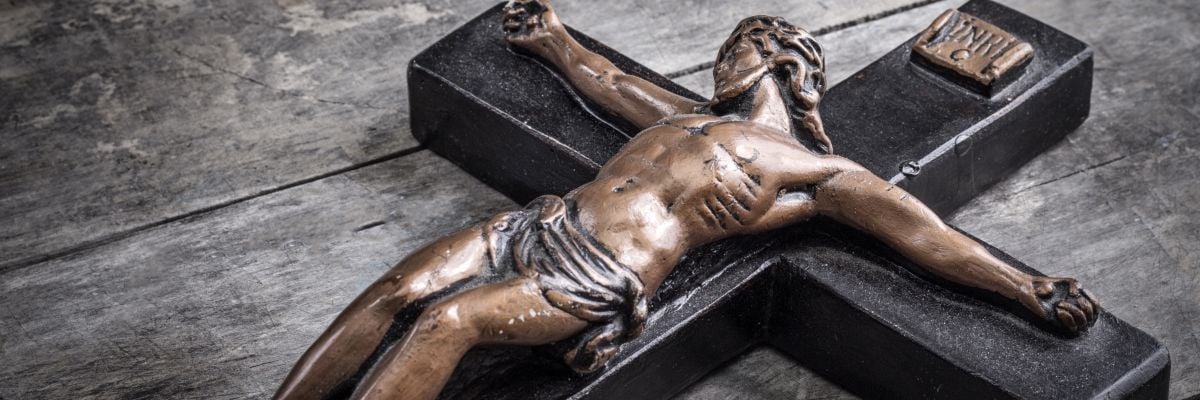
Question:
Answer:
The right hand, probably in part due to the fact that most people are right-handed, is traditionally the hand of blessing and greeting in many cultural settings, a convention found in Scripture and Tradition. For example, Jesus places the sheep on his right hand but the goats on his left; he himself is “seated at the right hand of the Father”; at God’s “right hand are blessings forevermore”; and so on. In sacred images, Jesus is depicted raising his right hand in blessing. Even today, we use our right hand for handshakes or salutes, we are familiar with the phrase “the right hand of fellowship” and so forth.
By contrast, the left hand has in many cultures a very different set of traditional associations (for example, it is often designated for personal hygiene; the word sinister is derived from the Latin for left-handed; etc.). For all these reasons, it is natural that the sign of the cross has traditionally been made with the right hand.
For further reading, see our tract and encyclopedia entry.


